The Lantern Festival (Yuánxiāo Jié 元宵节), also known as the Yuanxiao Festival, is one of China’s most significant traditional celebrations. Strictly speaking, it marks the conclusion of the Spring Festival (Chinese New Year) period, falling on the 15th day of the first lunar month each year.
While its date seems fixed within the traditional Chinese lunar calendar (where the first month is called “Yuán” 元月), it varies each year when compared to the Gregorian (solar) calendar.
History of the Lantern Festival
The Lantern Festival’s origins can be traced back over 2,000 years to the Han Dynasty (206 BC – 220 AD).
Emperor Wen of Han (Liu Heng) ascended the throne on the 15th day of the first lunar month. To commemorate this event, he decreed that every year on this night, the palace gates would open, allowing him to celebrate among the common people.
The ancient Chinese word for “night” is “xiāo” (宵), and since the celebrations happened on the first (“yuán” 元) full moon night of the year, the festival became known as Yuánxiāo Jié (元宵节), literally meaning “First Night Festival” or commonly, the Lantern Festival.
Lantern Festival Traditions
1. Eating Yuanxiao (Tangyuan)
The quintessential food of the Lantern Festival is Glutinous Rice Balls (“yuánxiāo” 元宵), also widely known as Soup Round (“tāngyuán” 汤圆) in southern China.
Historical records of these glutinous rice balls date back over 1,000 years to the Song Dynasty (960–1279 AD), where they were called “fú yuánzi” (浮圆子) – “floating round balls” – because they float when cooked. Their round shape perfectly symbolizes family reunion and completeness.
In modern China, the methods of making yuanxiao and the variety of fillings have expanded greatly. Traditional fillings include sweet pastes like lard-infused red bean paste or sesame mixed with sugar. Over time, people have innovated, incorporating fillings like nuts, hawthorn berries, and even savory options such as ham, diced meat, or dried shrimp.
The preparation methods differ between northern and southern China:
- Southern China: Sticky rice flour dough is rolled out, filled with sweet or savory paste, and then shaped into balls.
- Northern China: Solid fillings are cut into small pieces, tossed in baskets filled with dry glutinous rice flour, and repeatedly rolled and sprayed with water until coated in multiple layers of flour, forming the yuanxiao balls.
Visitors to China can also enjoy creative yuanxiao-inspired desserts, like caramel-glazed yuanxiao or sweet rice wine soup with tangyuan (酒酿元宵).
2. Admiring Lanterns (Shanghuadeng 赏花灯)
Today, viewing elaborate lantern displays is an essential part of Lantern Festival celebrations. Streets, parks, and public spaces are adorned with countless beautiful lanterns of all shapes and sizes.
This custom is believed to have originated during the Han Dynasty. Emperor Ming of the Eastern Han, a proponent of Buddhism, learned that Buddhist monks lit lanterns on the 15th day of the first lunar month to honor the Buddha. He ordered lanterns to be lit in the imperial palace and temples that night. Citizens followed suit by hanging lanterns in their homes. Over centuries, this practice evolved into a core tradition of the Lantern Festival.
3. Solving Lantern Riddles (Caidengmi 猜灯谜)
Alongside admiring lanterns, solving riddles written on lanterns is another beloved Lantern Festival activity.
This practice became very popular during the Song Dynasty. People write riddles on paper strips and attach them to lanterns. Those who solve the riddles correctly traditionally receive small prizes.
4. Revelry and Celebrations (Naoyuanxiao 闹元宵)
As the culmination of the Spring Festival period, the Lantern Festival naturally involves vibrant public celebrations. People pour into the streets to enjoy the lantern displays, solve riddles, admire the first full moon of the lunar year, and watch various performances.
Historically, ancient China had strict “curfews” (宵禁), forbidding ordinary citizens from going out at night. The Lantern Festival was a remarkable exception. During this festival, everyone – men, women, old, and young – was allowed to celebrate outdoors at night. This included many unmarried young men and women, making the festival an important social occasion and contributing to its enduring significance.
Lantern Festival Activities & Performances
Beyond lantern viewing and riddle-solving, the public revelry (“Nao Yuanxiao”) features numerous lively folk performances:
1. Dragon Lantern Dance (Wulongdeng 舞龙灯)
Performers dressed in distinctive costumes (often yellow, matching the dragon) manipulate a long, undulating dragon lantern mounted on poles.
The dragon lantern itself is specially crafted. When danced, it moves in sinuous patterns, its body illuminated brilliantly, creating a spectacular visual feast.
2. Stilt Walking (Caigaoqiao 踩高跷)
In many regions of China, stilt walking is a characteristic Lantern Festival activity. Originating during the Spring and Autumn Period (770–476 BC), it was part of ancient Chinese folk theater.
Performers dress in colorful costumes, strap long wooden stilts to their feet, and walk while performing acrobatics or short skits, making for a fascinating sight.
3. Lion Dance (Wushizi 舞狮子)
Popular in certain areas, the Lion Dance is another thrilling performance. Dancers wear elaborate lion costumes (typically operated by two people) and mimic a lion’s movements – jumping, rolling, and bowing – often accompanied by vigorous drumming and gonging.
4. Land Boat Dancing (Hua Hanchuan 划旱船)
This custom is particularly popular in northern China. It’s a dance simulating the movement of a boat on water. The “land boat” (旱船) is a wooden frame built in the shape of a boat, decorated with colorful silks, ribbons, and often lights.
Performers stand inside the frame, “rowing” with miniature paddles while dancing to mimic the boat gliding and rocking, creating a whimsical and entertaining performance.
The Lantern Festival’s Influence
As a vital tradition of the Chinese people, the Lantern Festival is also celebrated with great importance by overseas Chinese communities worldwide.
- Singapore: Streets are decorated with lanterns, and riddle-solving events are organized, creating a festive atmosphere.
- Malaysia: A unique custom involves single young adults gathering by rivers on this night. Single men throw bananas inscribed with their contact information into the water, while single women do the same with tangerines, hoping this act will bring them luck in finding a romantic partner.
- Korea (North & South): People eat “Ogokbap” (五谷饭), a special rice dish made by steaming rice with four other grains (typically millet, sorghum, red beans, and black beans). Another tradition involves “stealing” handfuls of dirt from neighbors’ fields, believed to bring good luck and repel bad fortune for the coming year.
- United States: Lantern Festival celebrations are often vibrant and diverse, featuring lantern displays, riddle booths, lion dances, parades, and cultural performances. Arguably, the US hosts some of the largest and most comprehensive Lantern Festival celebrations outside of China itself.
The Lantern Festival Gala
Adding to the festivities, on the night of the 15th, China Central Television (CCTV) broadcasts a grand Lantern Festival Gala.
This televised variety show features a wide array of performances, including singing, dancing, acrobatics, comedy sketches, and more, bringing extra joy and entertainment to the holiday.
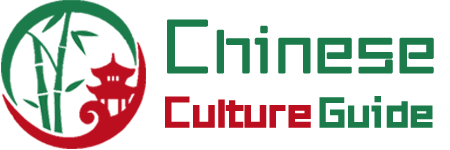
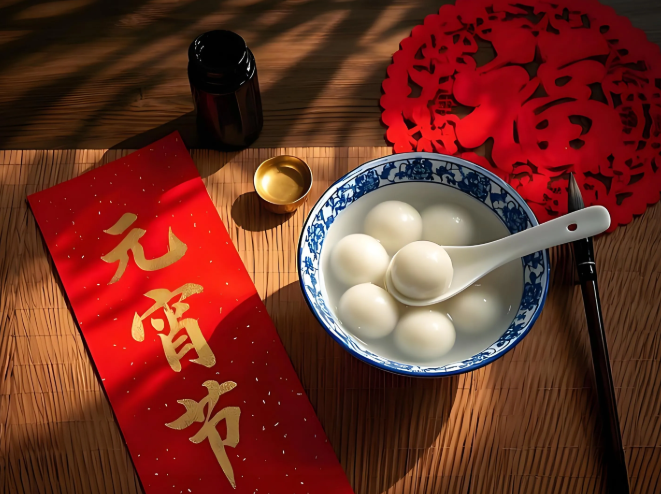

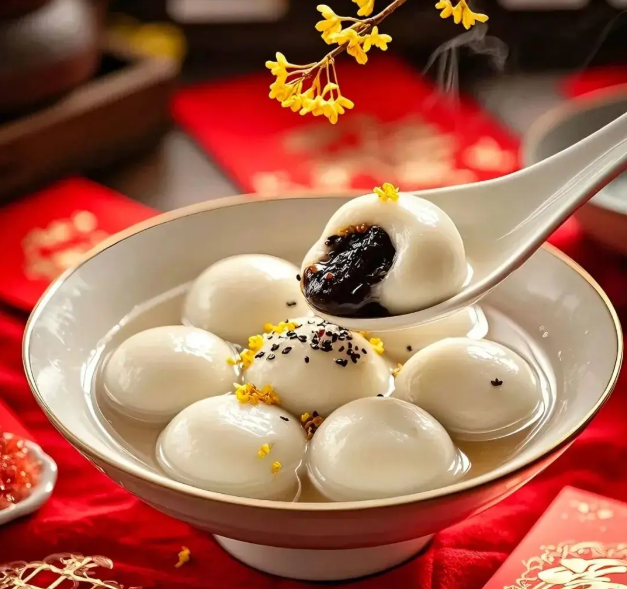
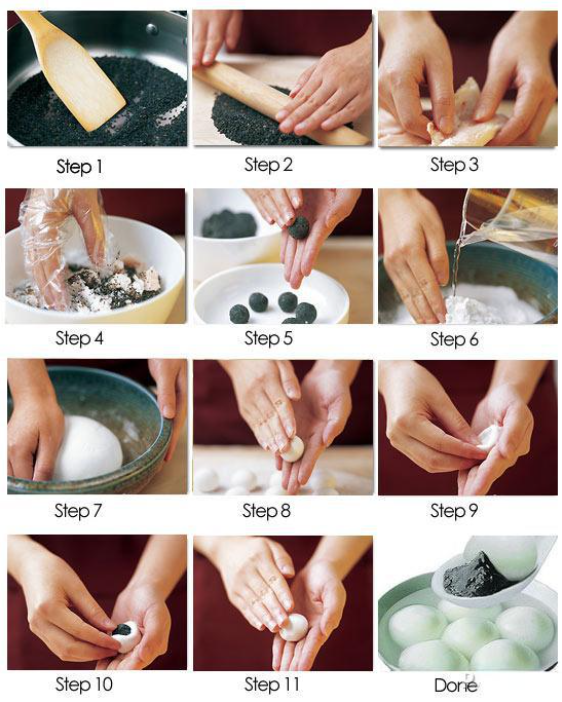
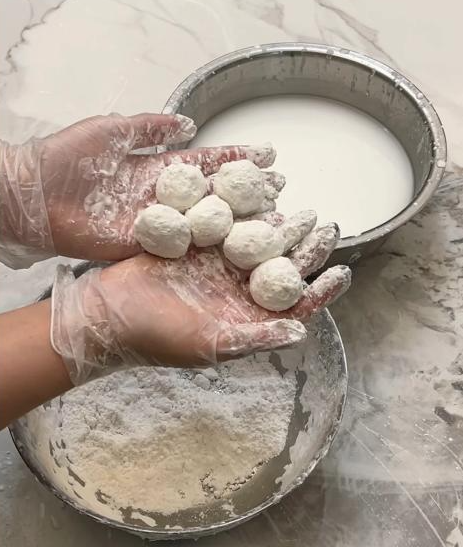
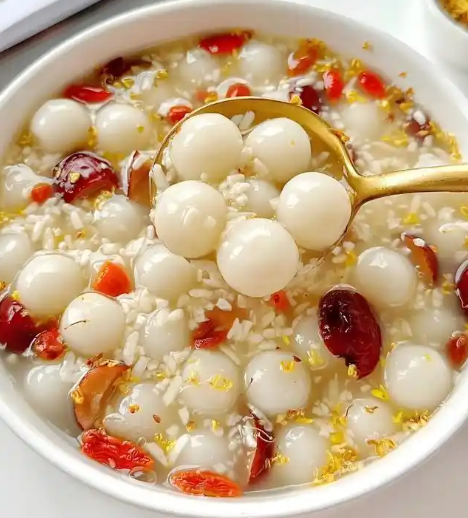
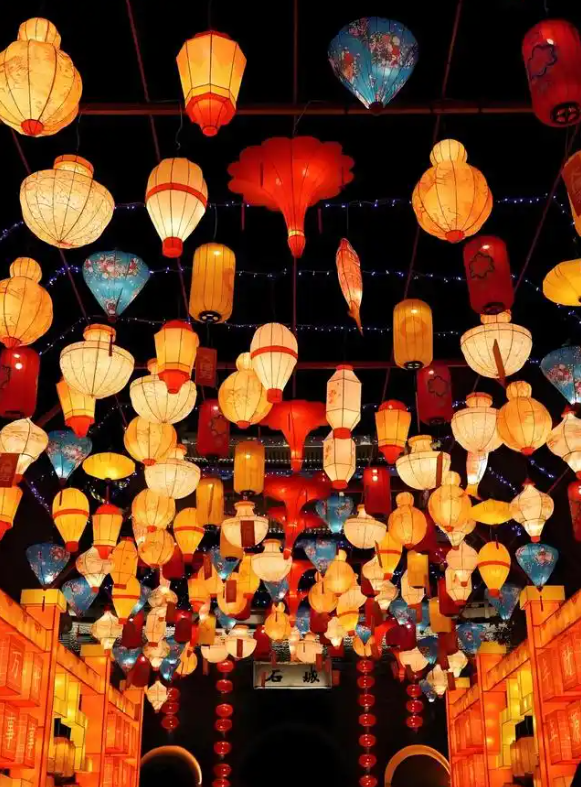
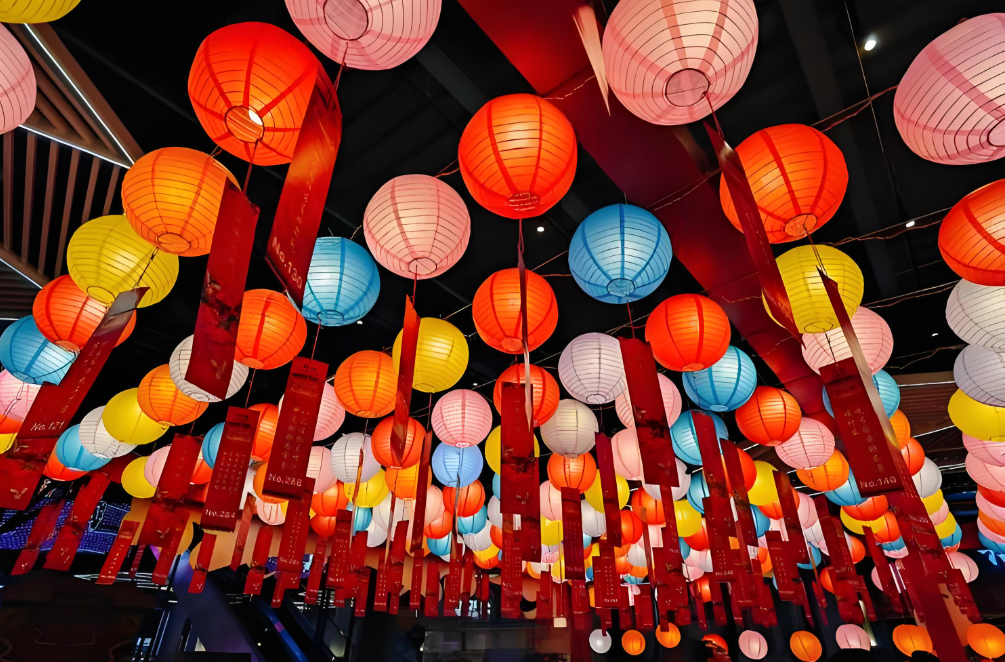
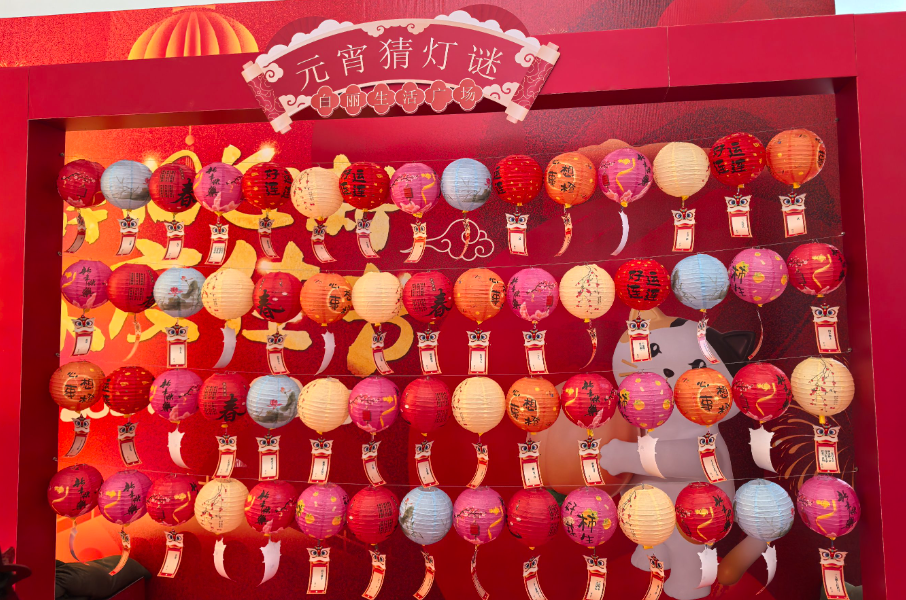
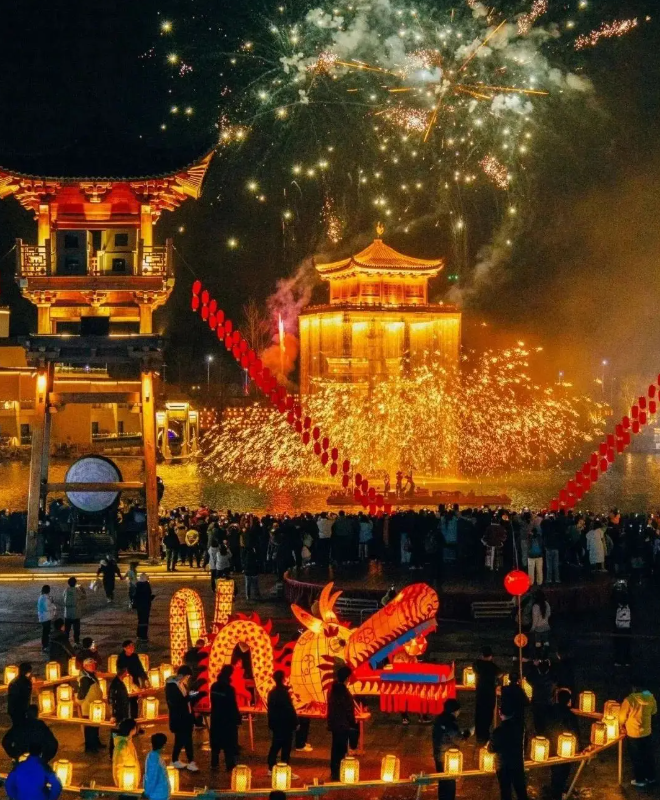
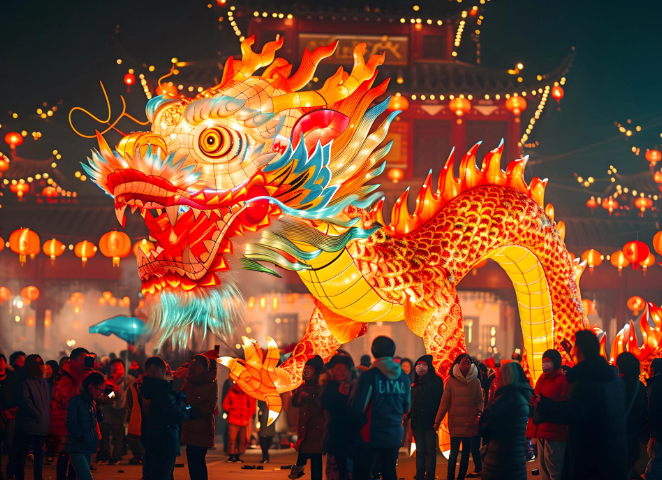
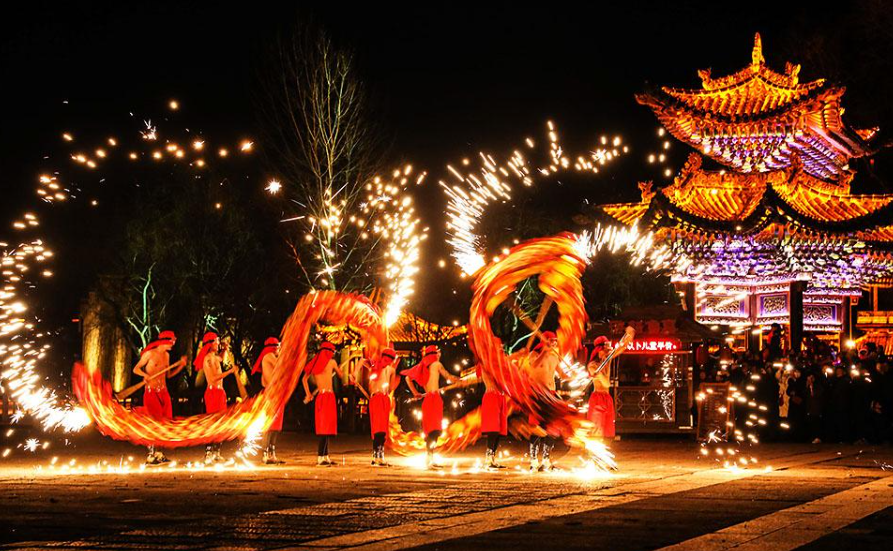
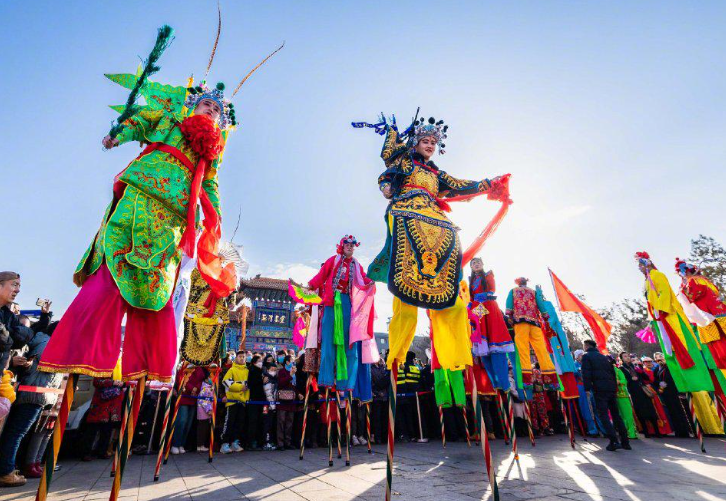
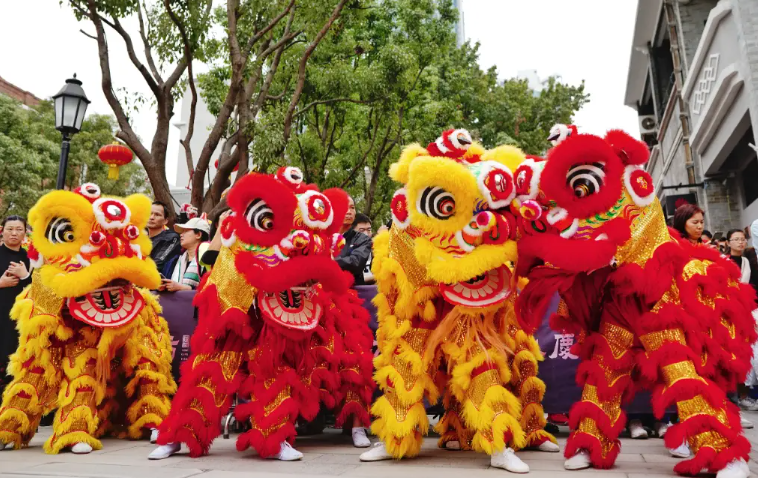
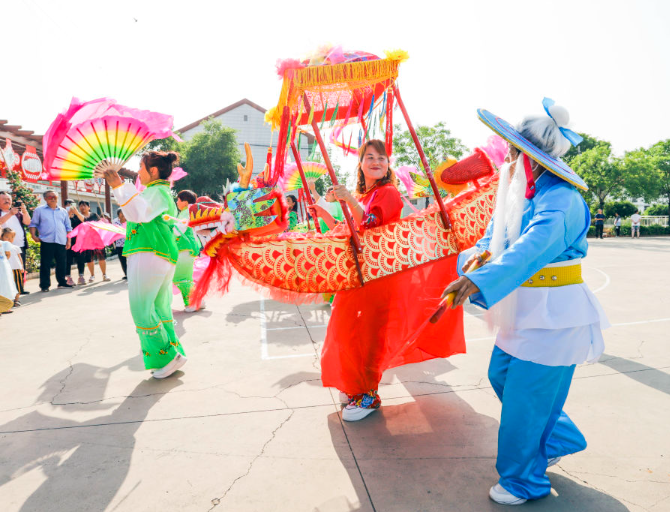
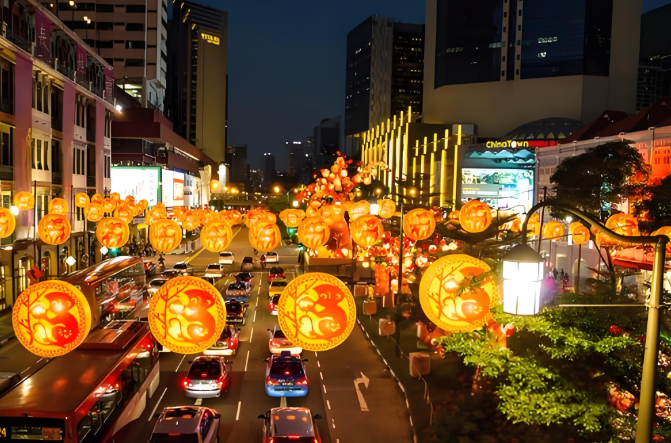
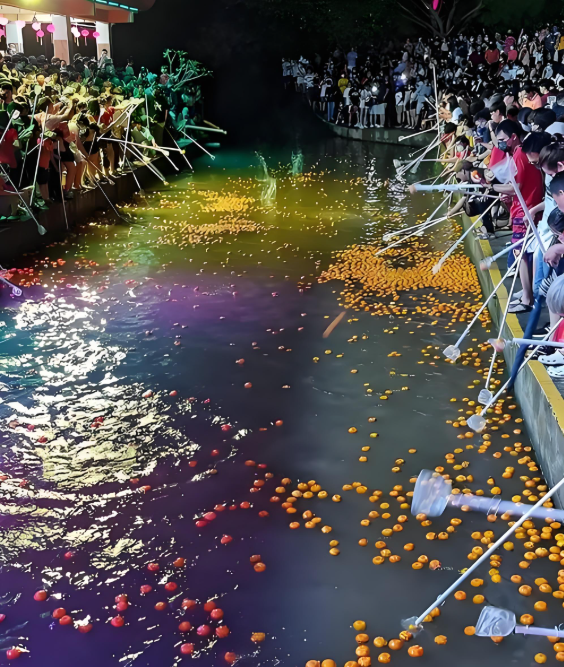
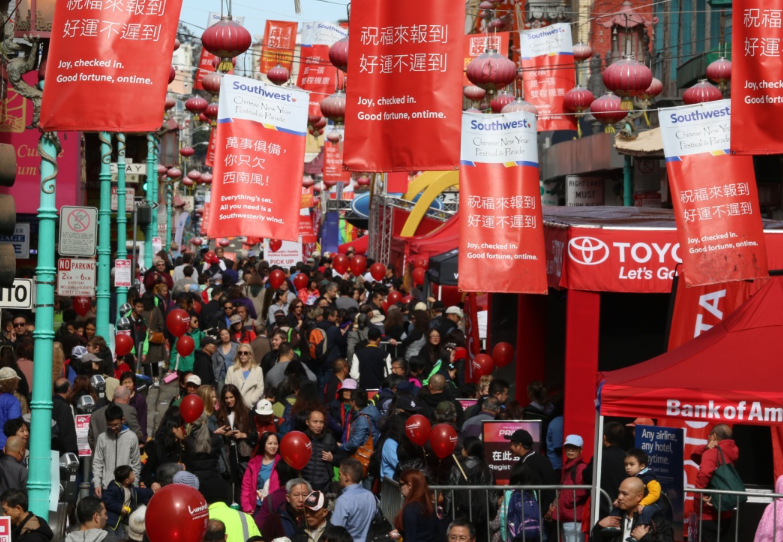
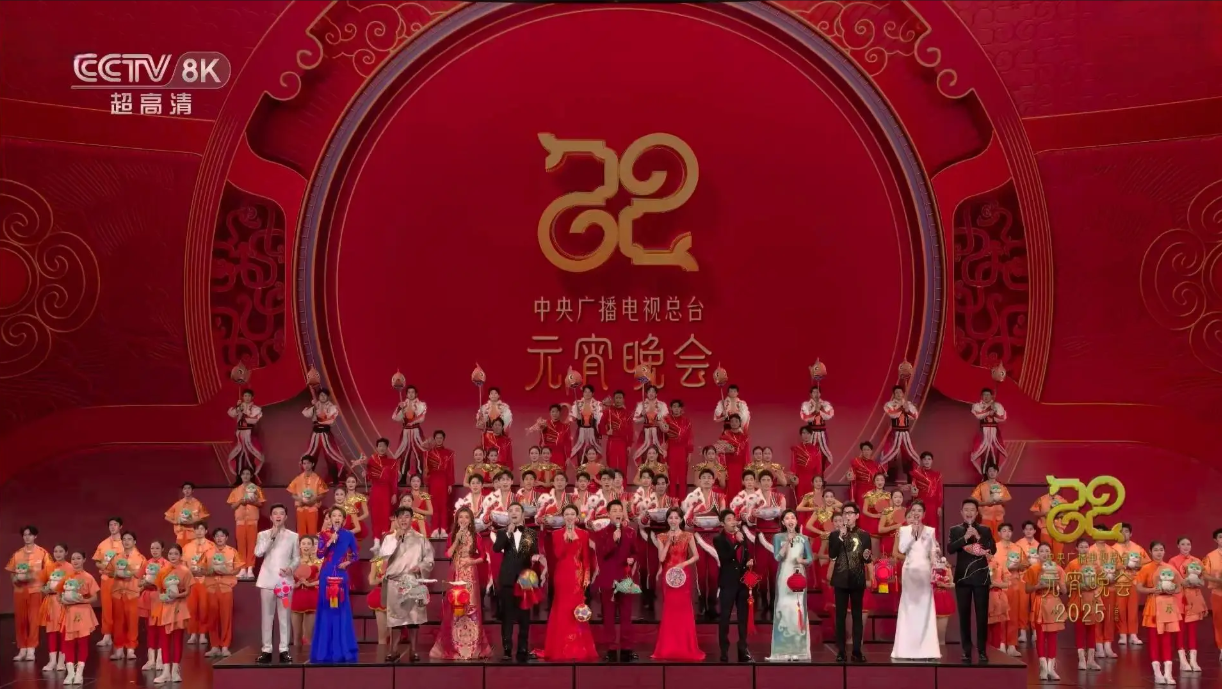
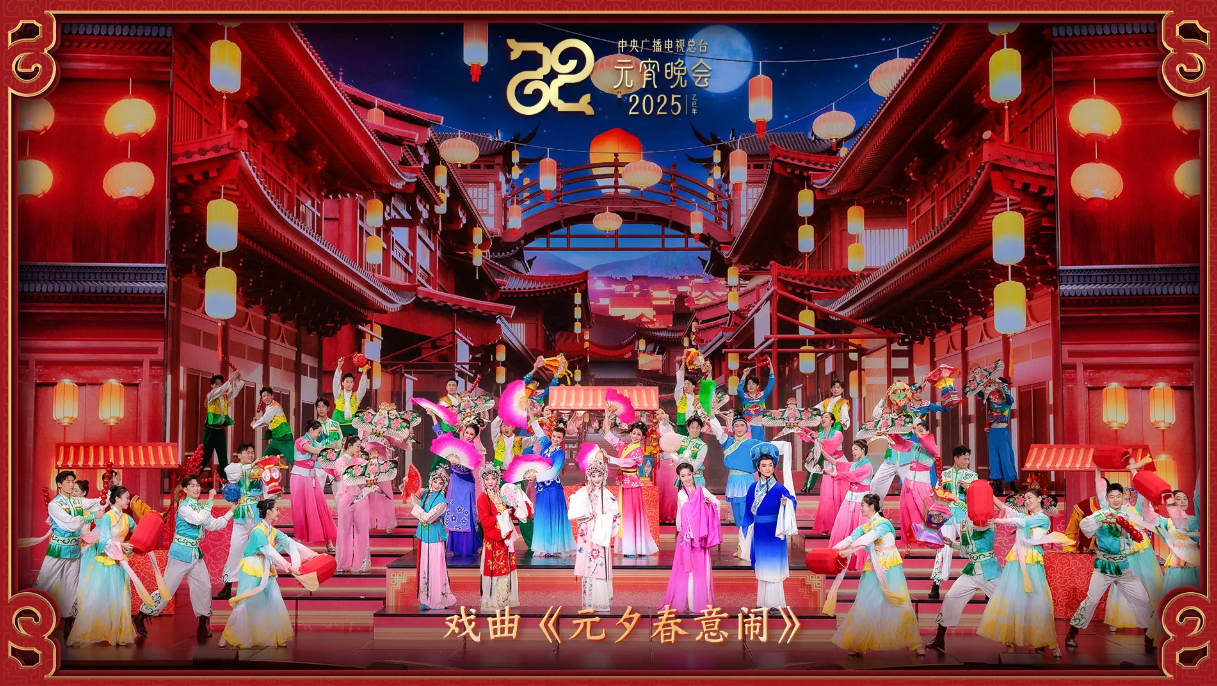




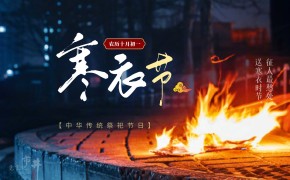
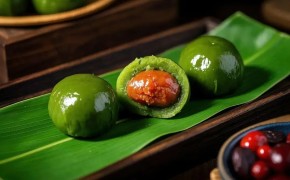






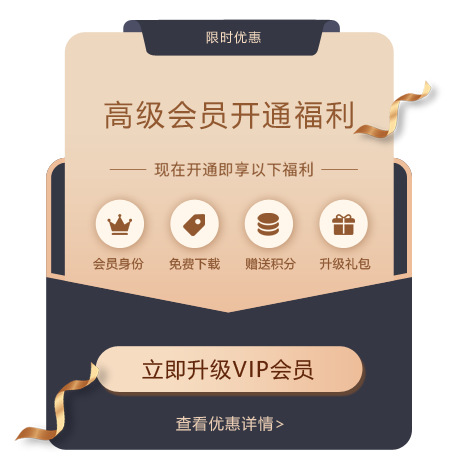
There are no comments yet, come and comment~